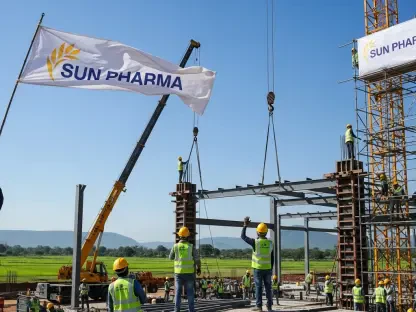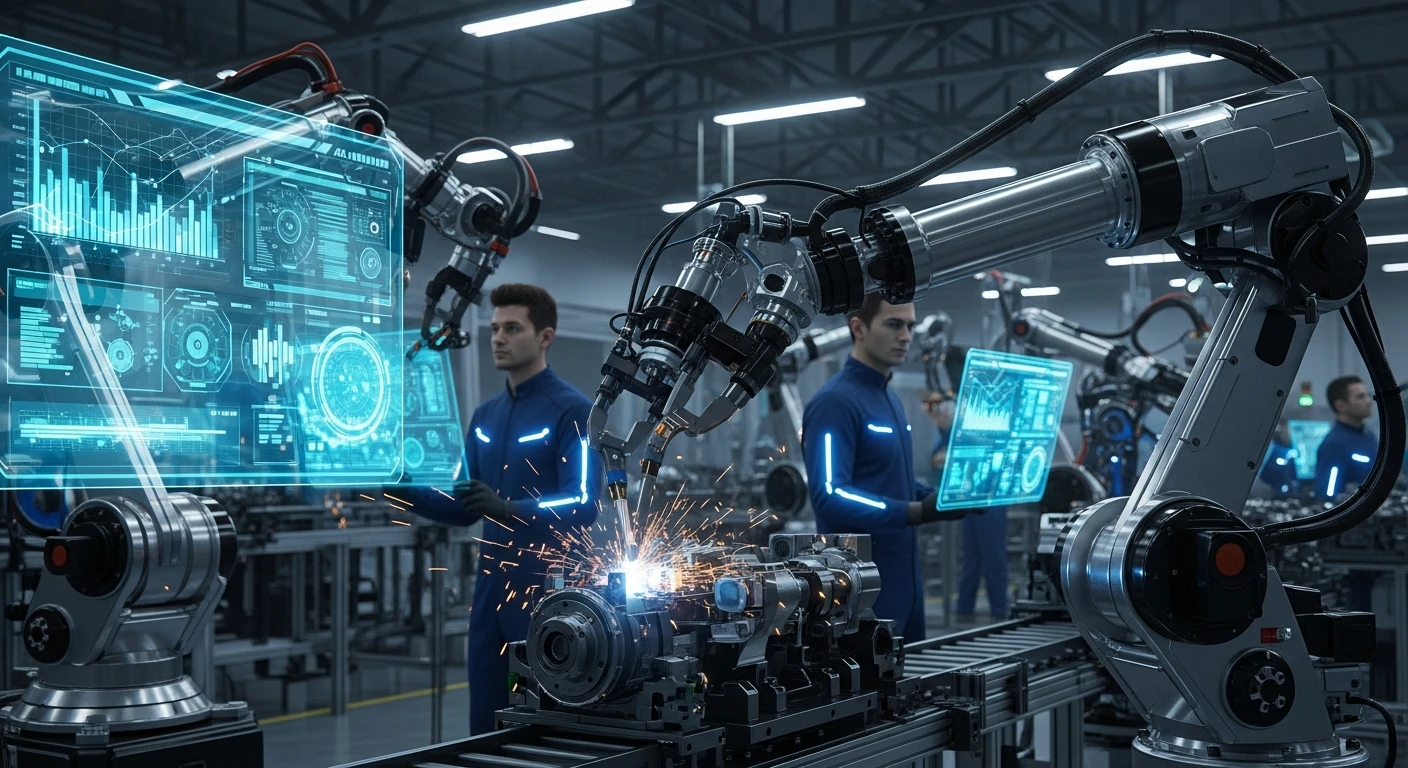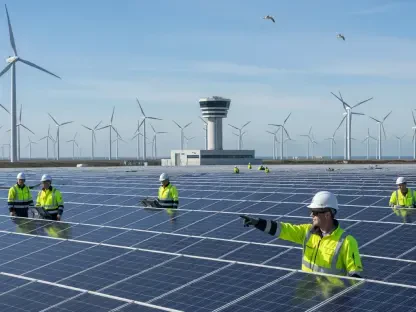In a transformative moment for the automotive industry, China’s market has witnessed a groundbreaking shift as new energy vehicles (NEVs) achieved a historic milestone by surpassing 50% of total vehicle sales in October. This remarkable achievement, as reported by the China Association of Automobile Manufacturers (CAAM), signals a profound change in consumer behavior, with a clear preference emerging for electric and hybrid vehicles over traditional options. Driven by technological innovation, expanding infrastructure, and substantial policy backing, this surge reflects China’s aggressive push toward sustainable transportation. At the same time, traditional fuel vehicles, after enduring a prolonged downturn, are showing signs of stabilization and even a slight rebound, painting a picture of a market in transition. Alongside domestic growth, exports are reaching unprecedented levels, positioning China as a global leader in automotive innovation. Yet, challenges such as policy changes and competitive pressures loom on the horizon, shaping the future of this dynamic sector.
A Landmark Achievement for Sustainable Mobility
The ascent of NEVs in China marks a turning point for the automotive landscape, with sales in October reaching an extraordinary 1.715 million units, accounting for over half of the total vehicle market for the first time. This unprecedented penetration rate underscores a seismic shift in consumer priorities, as more individuals opt for environmentally conscious alternatives. Factors such as advancements in battery efficiency, a growing network of charging stations, and attractive incentives have fueled this rapid adoption. Beyond just numbers, this milestone represents a broader cultural and industrial pivot toward sustainability, aligning with global efforts to reduce carbon emissions and combat climate change. The momentum is clear, as NEVs are no longer a niche but a dominant force reshaping the future of mobility in one of the world’s largest markets.
Cumulatively, from January to October, NEV sales have soared to 10.929 million units, reflecting a robust year-on-year growth of 26% and nearly matching the market share of conventional vehicles. This near-parity highlights the speed at which electrification is transforming the industry, driven by both consumer demand and strategic policy support. Unlike in previous years when electric vehicles were seen as a secondary choice, today they stand as a primary option for many buyers, supported by improved range, performance, and affordability. Moreover, the success of NEVs signals a competitive edge for Chinese manufacturers who have invested heavily in innovation, positioning themselves as leaders in a rapidly evolving global market. As this trend continues, the implications for energy consumption, urban planning, and environmental policy are profound, setting a precedent for other nations to follow.
Resilience in Traditional Fuel Vehicles
While NEVs capture the spotlight, traditional fuel vehicles are demonstrating unexpected resilience, staging a modest comeback after a period of consistent decline. In the first ten months of the year, sales of these conventional cars reached 11.143 million units, marking a slight year-on-year increase of 0.6%. This stabilization suggests that despite the overwhelming push toward electrification, there remains a significant segment of consumers who rely on fuel-powered vehicles, particularly in areas where electric infrastructure is still underdeveloped. Factors such as familiarity, cost considerations, and the availability of refueling stations continue to sustain demand, indicating that the transition to full electrification will be gradual rather than abrupt, allowing for a balanced coexistence in the market.
This rebound, though subtle compared to the explosive growth of NEVs, reveals a nuanced dynamic within China’s automotive sector, where diverse consumer needs shape sales trends. For many, fuel vehicles offer a practical solution, especially for long-distance travel or in rural regions where charging facilities are sparse. Additionally, the slight uptick in sales may reflect targeted policy measures aimed at supporting this segment, alongside efforts to clear existing inventory. While the long-term trajectory undoubtedly favors NEVs, the current recovery of fuel vehicles highlights the importance of a diversified market strategy that caters to varying preferences and infrastructure realities. This balance ensures that no segment is left behind as the industry navigates its transformation, maintaining economic stability during a period of rapid change.
Global Impact Through Record Exports
China’s automotive industry is not only reshaping its domestic market but also making a formidable impact on the global stage, with vehicle exports reaching staggering heights. In October alone, exports hit 666,000 units, sustaining a remarkable streak of over 600,000 units for three consecutive months, while the cumulative total for the year stands at 5.62 million units. NEVs are the driving force behind this surge, with a year-on-year export growth of 90%, showcasing the international appetite for sustainable transportation solutions. Leading manufacturers like BYD, which reported a 1.4-fold increase in export volume, exemplify how Chinese brands are gaining traction worldwide, challenging established players and redefining market dynamics with their innovative offerings.
This export boom underscores China’s emergence as a powerhouse in the global automotive arena, particularly in the realm of green technology. The focus on NEVs in international markets aligns with global trends toward reducing carbon footprints, giving Chinese companies a strategic advantage. However, the export landscape is not without its contrasts, as traditional fuel vehicle exports have seen a 5% decline, reflecting a clear shift in overseas demand toward electrification. This disparity highlights the need for manufacturers to adapt swiftly to changing preferences while navigating logistical and regulatory challenges in foreign markets. As exports continue to climb, they serve as a testament to the country’s industrial prowess, but also as a reminder of the complexities involved in maintaining a competitive edge on a worldwide scale.
Navigating Policy Transitions and Market Pressures
Government policies have played a pivotal role in propelling China’s automotive market forward, with initiatives such as trade-in programs for older vehicles spurring both NEV and fuel vehicle sales. However, the horizon is not without uncertainty, as significant policy shifts are set to take effect in 2026, including a halving of purchase tax incentives for NEVs and stricter range requirements for plug-in hybrids. Industry voices, including CAAM’s deputy secretary-general Chen Shihua, have called for a phased approach to tax reductions—suggesting a gradual decrease to minimize market disruptions. Such measures are seen as essential to sustaining the current growth trajectory, ensuring that the transition does not derail consumer confidence or manufacturer investment in sustainable technologies.
Beyond policy challenges, the industry grapples with a host of internal and external pressures that threaten to temper its remarkable progress. Sluggish domestic demand, mounting inventory levels, and intense price wars are squeezing profitability for many manufacturers, despite the overall market expansion. Additionally, geopolitical tensions pose risks to supply chains, complicating the availability of critical components like batteries and semiconductors. These issues, compounded by the need to balance innovation with affordability, create a complex environment where strategic planning is paramount. As the sector stands at a crossroads, the ability to address these multifaceted challenges while capitalizing on policy support will determine whether the current momentum translates into long-term stability and global leadership.
Charting the Path Forward
Reflecting on the transformative journey of China’s automotive sector, the historic rise of NEVs beyond a 50% market share in October, coupled with the subtle recovery of fuel vehicles, paints a picture of an industry in flux yet brimming with potential. The export surge, led by electrified models, further solidifies the nation’s role as a global frontrunner in automotive innovation. However, the road ahead demands careful navigation, with looming policy adjustments and persistent economic pressures casting shadows over sustained growth. Moving forward, stakeholders must prioritize adaptive strategies, such as advocating for gradual policy transitions and fostering industry collaboration to mitigate price competition. Investing in robust supply chain resilience and expanding infrastructure will also be critical to meeting diverse consumer demands. By addressing these imperatives, the sector can build on its current achievements, ensuring that the shift toward sustainability becomes a lasting legacy rather than a fleeting triumph.









